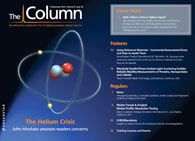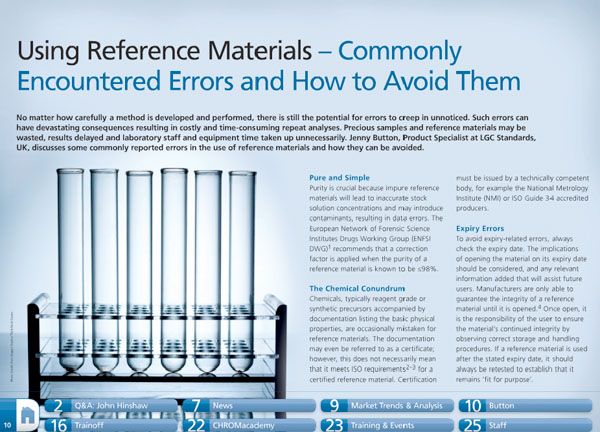Using Reference Materials - Commonly Encountered Errors and How to Avoid Them
Jenny Button, Product Specialist at LGC Standards, UK, discusses some commonly reported errors in the use of reference materials and how they can be avoided.
No matter how carefully a method is developed and performed, there is still the potential for errors to creep in unnoticed. Such errors can have devastating consequences resulting in costly and time-consuming repeat analyses. Precious samples and reference materials may be wasted, results delayed and laboratory staff and equipment time taken up unnecessarily. Jenny Button, Product Specialist at LGC Standards, UK, discusses some commonly reported errors in the use of reference materials and how they can be avoided.

Fundamentals of Benchtop GC–MS Data Analysis and Terminology
April 5th 2025In this installment, we will review the fundamental terminology and data analysis principles in benchtop GC–MS. We will compare the three modes of analysis—full scan, extracted ion chromatograms, and selected ion monitoring—and see how each is used for quantitative and quantitative analysis.
Characterizing Plant Polysaccharides Using Size-Exclusion Chromatography
April 4th 2025With green chemistry becoming more standardized, Leena Pitkänen of Aalto University analyzed how useful size-exclusion chromatography (SEC) and asymmetric flow field-flow fractionation (AF4) could be in characterizing plant polysaccharides.
This information is supplementary to the article “Accelerating Monoclonal Antibody Quality Control: The Role of LC–MS in Upstream Bioprocessing”, which was published in the May 2025 issue of Current Trends in Mass Spectrometry.











